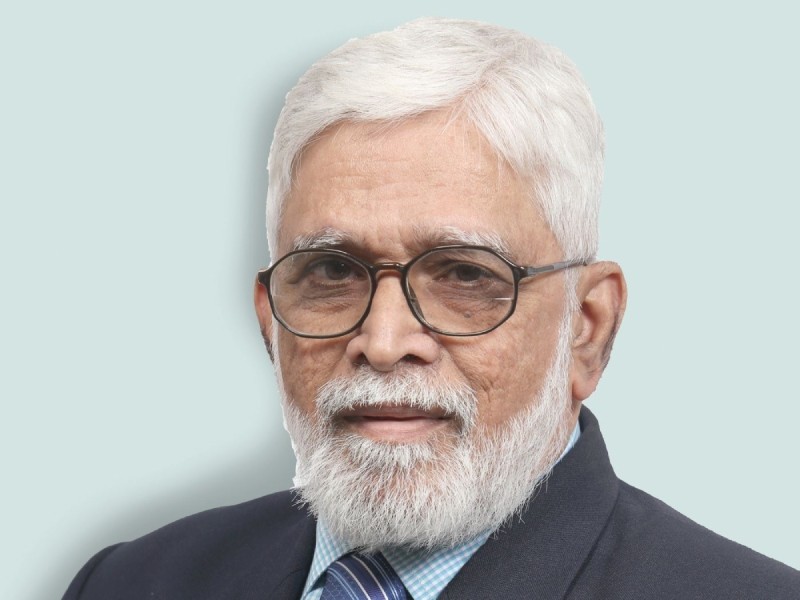No More Money Fears

Economic cancer treatment options do exist for the needy.
By Dr Ulhas Ganu
Hospitals specialized in cancer therapy are undoubtedly the best places for the treatment of cancer as these are equipped with the best equipment and medical as well as paramedical personnel. With a huge population, an increased occurrence rate of cancer—partly because of lifestyle and partly due to increased awareness and better diagnostic facilities—the influx of patients at these institutions has increased highly.
The times have changed. As against three decades ago when cancer was treated at only specialized cancer centers, today we find that good cancer treatment is available easily at many other places. Most state and municipal hospitals with attached medical colleges are some of the finest alternative places available for NO MORE MONEY fear Economic cancer treatment options do exist for the needy By Dr. Ulhas Ganu quality treatment as the medical personnel stay updated with current knowledge on the subject. Last month a case of a lady with breast cancer came up before me for guidance on the best place for treatment. They were looking for an economical and quick treatment option. Her son, a driver, had a meager income. Besides the worry about the adverse diagnosis, he was also staring at the possibly staggering expenses of her treatment. In addition, the long waiting list at the specialized hospital meant a delay in surgery.

Since I had associated with the company he is working for almost a decade ago, I was contacted for support. Pharmaceutical field personnel are often aware of many reasonably good facilities with financially viable options for needy patients. Talking to an old field manager threw up multiple options. He suggested availing the benefits of the Rajiv Gandhi Jeevandayee Arogya Yojana (RGJAY), which is specially designed for the poor.
RGJAY is a universal healthcare scheme by the Maharashtra government, which is available for citizens who hold one of the four cards, namely the Antyodaya ration card, Annapurna card, the yellow ration card or the orange ration card. Launched in 2012, it was extended across all 35 districts of the state in November 2013. The scheme provides free access to almost complete medical care in 488 government-impaneled hospitals for 971 types of diseases, surgeries, and therapies costing up to INR 1.5 lakh per year per family. For the renal transplant, the financial assistance could be to the tune of INR 2.5 lakh. The enormity of the scheme coverage can be gauged from the fact that around 11.81 lakh procedures (including over 7.27 lakh surgeries and therapies) amounting to INR 1,827 crore were performed on patients from 7.13 lakh beneficiary families till January 2016. Renamed the Mahatma Jyotiba Phule Jan Arogya Yojana (MJPJAY) in April 2017, it is a good health insurance plan for families with an annual income of less than INR 1 lakh per year. The total coverage can be availed by an individual or the entire family on a floater basis. Of a total of 3.5 lakh surgeries, about 1.29 lakh were cancer surgeries and procedures, making this one of the major operations performed on patients belonging to BPL families from 2012 to 2015.
Charitable hospitals provide yet another avenue of economic treatment. These hospitals provide free treatment to people below the poverty line and do procedures at a 50 percent discount for those with an annual income below INR 1.6 lakh. All states have similar schemes and even the Centre has special schemes for people below the poverty line.
I suggested three options to the lady in question: free surgery with a waiting period of at least 3 weeks because of patient load at that particular hospital, a spend of around INR 30,000 with a waiting period of about 10 days at a relatively less crowded hospital, and surgery within three days with an expense of about INR 70,000. The company offered financial help so that the patient could have surgery within a week. As her diagnosis was Stage I breast cancer, this boosted her chances of cure. I shared this experience because each one of us may come across such needy people and we can help them not necessarily by funding alone but by suggesting good and affordable facilities for treatment.
















